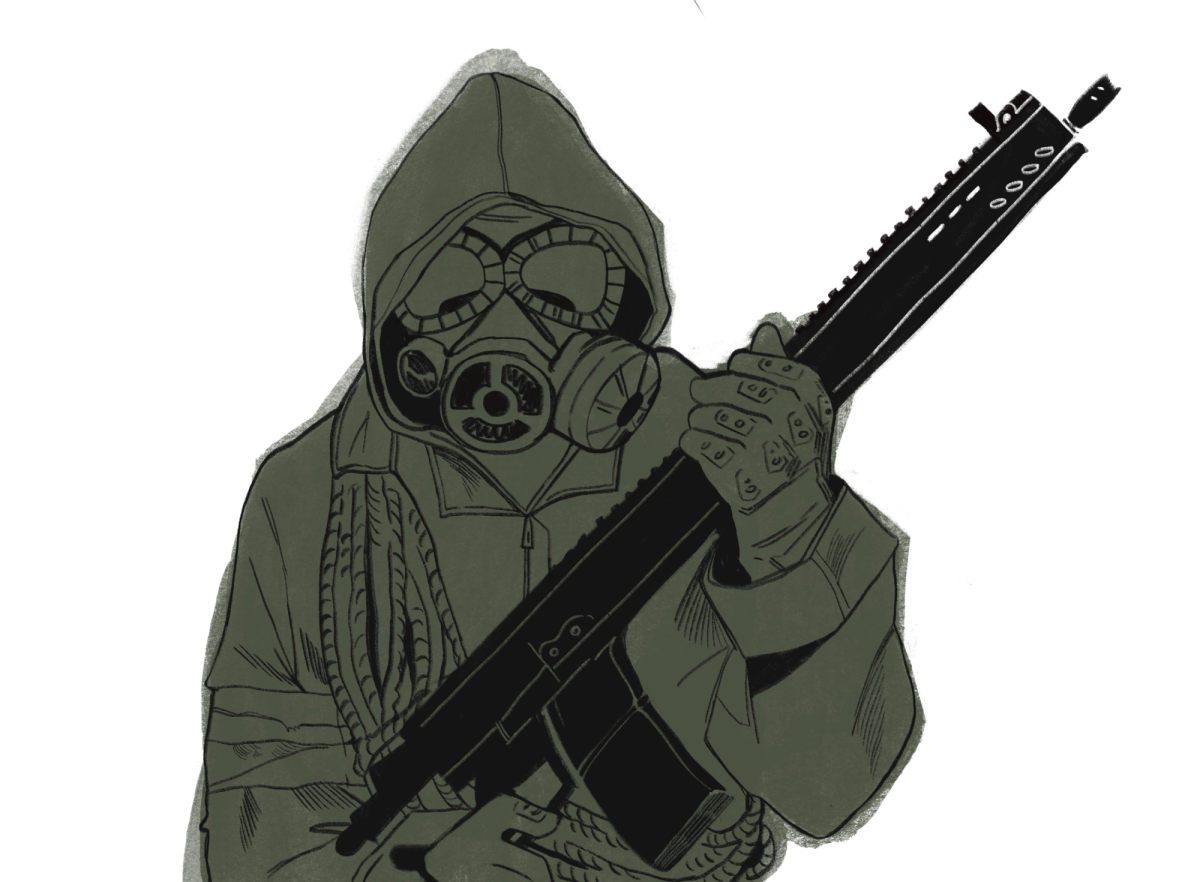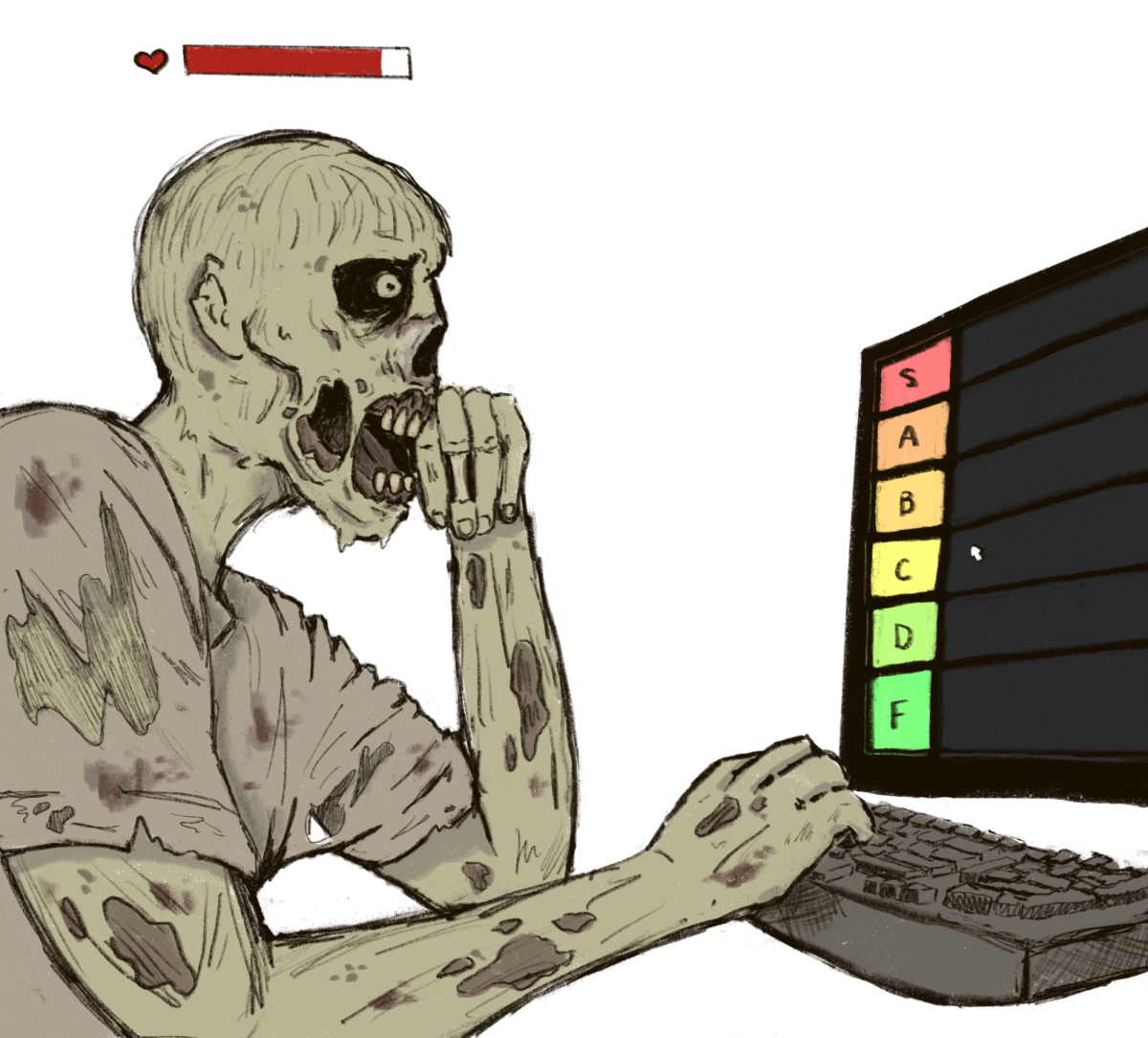With their backs against a wall, the purple team sends one of their own with a last-second clutch play. The competitors take off their headsets and stand up from behind their computers. The crowd goes wild.
Welcome to competitive video gaming, or eSports, as it is known to its enthusiasts. Week after week, millions of fans follow the exploits of their favorite professional gamers both in major tournaments and on professional ladders. As of this writing, a petition to get competitive gaming into the Olympics boasts more than 80,000 signatures from over 200 countries.
Thanks to the Internet, it’s possible for anyone with a computer and a decent connection to hook themselves into international competition. The developers of games in the modern eSports scene maintain ranked ladders that track the performance of every player in every region of the world that plays the game.
Playing competitively isn’t everyone’s cup of tea, but for a certain subset of gamers, the challenge of putting your abilities to the test against an opponent is irresistible. That drive is not all that different from the same competitive spirit that drives others to be successful in their fields, it just happens to involve video games in this case.
Live streams of major tournaments can often garner hundreds of thousands of concurrent viewers, with organizations like Major League Gaming and the Global Starleague fielding large production teams complete with groups of broadcast commentators to bring viewers expert opinions on the fast-paced action on their screens.
Whitman fields teams that compete in the Collegiate Starleague, or CSL, which pits colleges and universities from around the country against each other in digital competition. In essence, the CSL allows schools like Whitman to field club eSports teams, alongside their meatspace-based brethren on campus. For the members of those teams, there are clear parallels between eSports and more traditional, physical sports.
“Pretty much all the same principles of a regular sport apply to any type of eSport,” said Jamie Edison, the captain of Whitman’s Starcraft II team. “You obviously have to have a lot of motivation and dedication to get better and play well.”
The Heart of the Swarm
For Edison and others, their game of choice is Activision Blizzard’s Starcraft II. A member of the Real-Time Strategy (RTS) genre, Starcraft places players in the role of a military commander, who has to manage resource gathering, unit construction, combat and overarching strategy, often all at the same time.
Starcraft features three races for players to choose from: Terrans, the last remnants of humanity; the Zerg, a swarm of monstrous creatures; and the Protoss, a race of psionically powered alien humanoids. Each race comes with its own unique units and strategies, but the objective for all three is the same: Wipe your opponent off the map.
Players are judged by their ability to manage their army’s growth and their ability to control individual units in combat with split-second timing. Top players are able to use keyboard shortcuts to control their production while simultaneously controlling units in combat.
Edison, who describes himself as naturally competitive, found the game after he stopped playing water polo.
“I was really grasping for any sort of competition I could get at,” he said. “It’s the same type of excitement I’d experienced in water polo.”
That same competitive drive is what brought sophomore Natty Baird to the game. Baird is a Zerg player in Master League, which places him among the top two percent of North American Starcraft players. For him, the skill-intensive nature of Starcraft makes for a worthwhile experience.
“If you can just control more units in more places at once, you can feel your opponent just collapsing,” Baird said.
While that may sound simple, the mental agility needed to pull off such feats is what makes Starcraft enjoyable.
“It’s hard, honestly,” Baird said. “I think part of the reason I like it so much is because it’s hard and so unforgiving sometimes. It just makes it really rewarding when you succeed at all.”
The Fields of Justice
League of Legends, developed by Riot Games, is another popular title among eSports enthusiasts. Unlike the army management and large-scale combat that defines Starcraft, LoL gives the player control of only one character, known as a champion. The game is played by two opposing teams of five players each, fighting to be the first to destroy the other team’s “Nexus,” on one of three maps, known as Fields of Justice.
In order to get to the nexus, players have to build up their champion’s power by earning experience points from killing AI-controlled minions and opposing champions, and using gold from those kills to buy items from an in-game shop to boost their characters’ stats.
Games will often take upwards of a half-hour to complete, and often hinge on “teamfights” with both teams bringing their champions’ powers to bear in an attempt to kill members of the other team, and keep them off the map until they respawn.
While there isn’t quite as much to micromanage in League as there is in Starcraft, teams’ success is often dictated by how well they can successfully execute their strategies.
Sophomore Ethan Scardina, the captain of Whitman’s LoL squad, said that the multifaceted nature of LoL is what keeps him interested.
“It’s like a test of skill, I get to be social, [and] it’s got a good balance of individual creativity and team play,” he said.
For Scardina, that social aspect of the game has helped him keep up with friends from high school because they get together to play LoL. As he puts it: “The only thing that changed when we went to college is that we all have better Internet connections.”
Ethan’s roommate, sophomore Peter Segre, found the social connections beneficial to his development as a player.
“I started playing with [Ethan’s] friends, and his friends were a lot better than me,” he said. But that skill disparity helped motivate him to push himself as a player.
“As I progressed, I constantly wanted to get better, and through that, I started to get better,” he said.
While teammates can make for good motivation, they can also prove to be a liability.
“You can do well, and then your teammates can do horribly, and it’s frustrating because you can only do so much for your team,” Segre said.
But, according to Segre, a team’s lowest lows can also lead to some of the most worthwhile moments in the game.
“You can get incredibly frustrated, but then if you feel like your team’s behind and you make a good play, it’s very satisfying,” he said.
For Scardina, part of the challenge is not just playing the game but also playing his opponents.
“It’s definitely satisfying to predict what the enemy is going to do and respond to it and be successful,” he said.
Getting Started
Of course, getting to the point where you can predict your opponents’ actions takes work. But Edison says that the lack of a strenuous physical requirement makes it a bit easier to join the world of competitive gaming.
“It’s just so much more approachable and so much more accessible than traditional sports,” he said.
That approachability helped Edison in his growth as a Starcraft player, when his practice regimen finally clicked.
“I [realized I] can actually get good at this game; all I have to do is sit and focus and play and figure out what’s going wrong and analyze my mistakes and then build from them,” he said.
For Segre, his experience playing League of Legends got off to an auspicious start.

“The first time I ever played a game of League, I played Fiddlesticks, and I couldn’t figure out that right-click is for moving, and left-click is for using your abilities, so I’d try to use an ability and then right click towards a person and then just die,” Segre said.
Over the course of his past two years playing LoL, Segre has greatly improved. He now has his eyes on continuing his progression up the ranked ladder towards tougher competition.
The Pro Circuit
For those who can turn pro, eSports is serious business. Major tournaments often boast prize pools in the hundreds of thousands of dollars, with the Season 2 League of Legends World Championships holding the current record for largest total prize pool at five million dollars. The most popular stars also support themselve by live-streaming their practice time on sites like Twitch.tv to thousands of fans.
Teams of players will sometimes get together to live in a “gaming house” in order to hone their skills with one another around the clock. While their salaries certainly don’t rival those of professional athletes, pro gamers are able to make a comfortable living at playing video games.
But in addition to being a day job for the lucky few who can make it pay, the professional side of Starcraft and LoL make for excellent inspiration.
“You see [pro players] do these amazing things with this game that you yourself can’t even do, and you can barely think of how it could be done, and it’s amazing to watch,” said Edison.
Baird’s experience watching professional eSports led him to some rather strange sleeping habits.
“In 11th grade, my mom was getting really concerned because I would go to bed at eight p.m. so I could wake up at four in the morning to watch my favorite player play in the GSL,” Baird said. “And it was totally worth it to me; it was the most exciting thing ever.”
Along with the high levels of competition, the personalities of players also play a major role in how they’re perceived by the overall eSports community.
“At this point, there’s practically tabloid drama,” Baird said.
For Whitman’s eSports enthusiasts, reaching the bright lights and massive stages of the professional circuit isn’t necessarily what motivates them, especially with the pressures of Whitman’s academics.
For competitors like Edison, the time commitment needed to excel at a game can prove difficult.
“It really is like any other sport; you truly do need to devote two to three hours a day just simply to practicing, or else you just can’t compete because you’re just too far behind anybody else,” he said.
But carving out that practice time while staying on top of the other commitments in their lives is sometimes a difficult choice to make when faced with everything else Whitman students have on their plate.
“Because ‘eSports,’ with some fingerquotes, is such a blossoming new thing, it’s really hard to even convince yourself that it’s a worthwile investment of your time,” Edison said.
Baird, who is on the border of the highest tier of the North American Starcraft ladder, said that the time commitment plays a huge factor in his decision to not actively seek a professional career at the moment.
“Trying to do anything pro is an enormous sacrifice. I’m not really sure I can devote that kind of time, or if I even want to,” he said.
While he doesn’t plan on turning pro either, Edison said his passion for Starcraft will endure.
“I’ll probably follow it for as long as it’s around,” he said. “I just feel like I won’t ever not care.”
Get Involved
If you think competitive gaming is for you, here’s how to get involved:
To download League of Legends, check out bit.ly/piolol.
For a free trial of Starcraft II, visit bit.ly/PioSC2
To get involved with Whitman’s CSL teams, contact Jamie Edison.
















